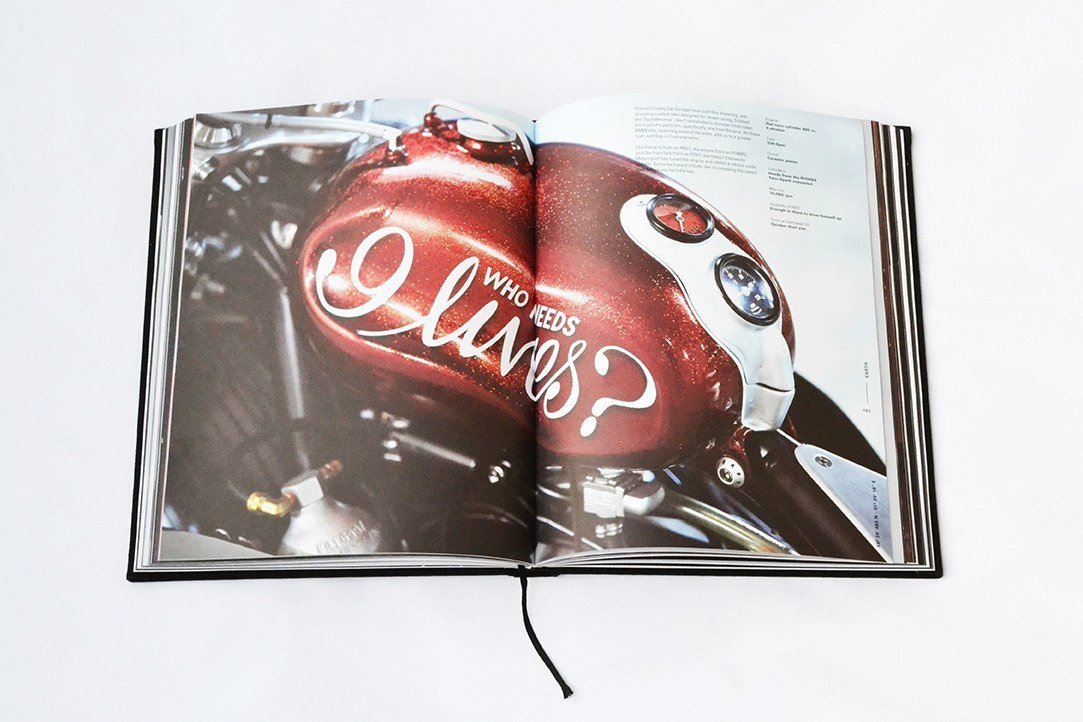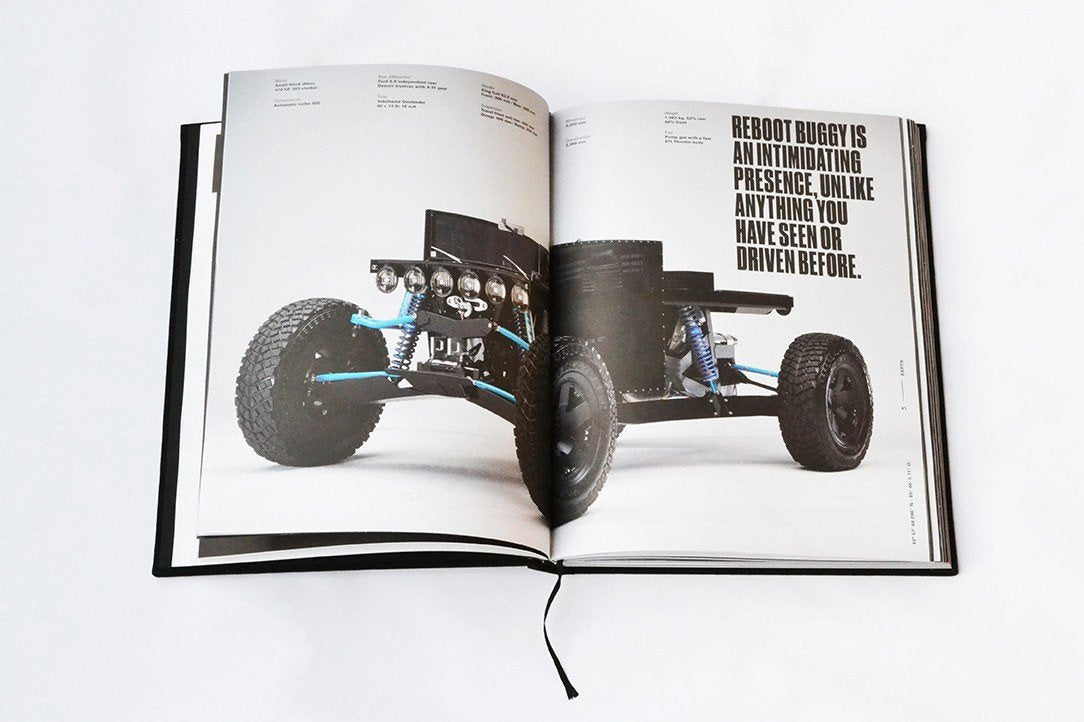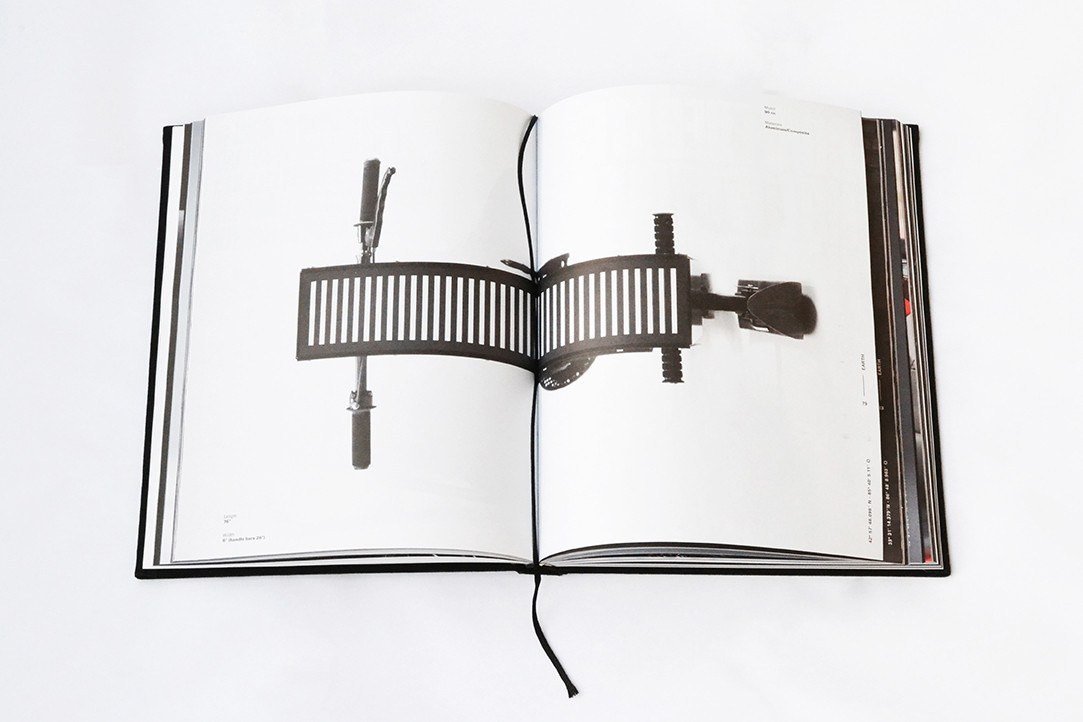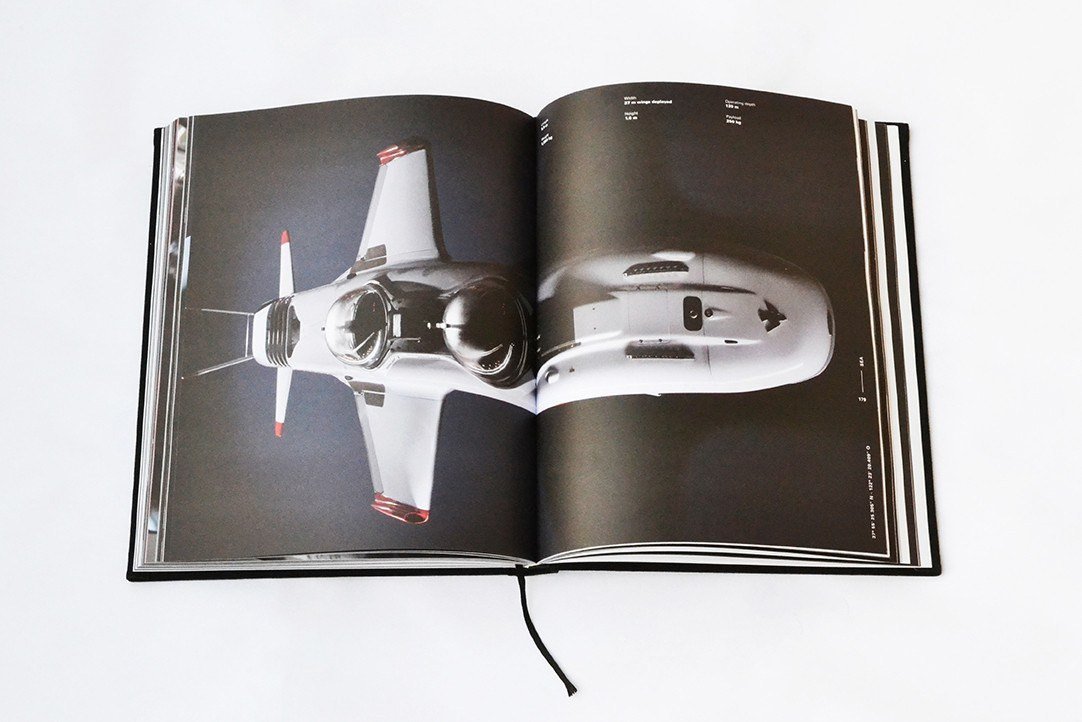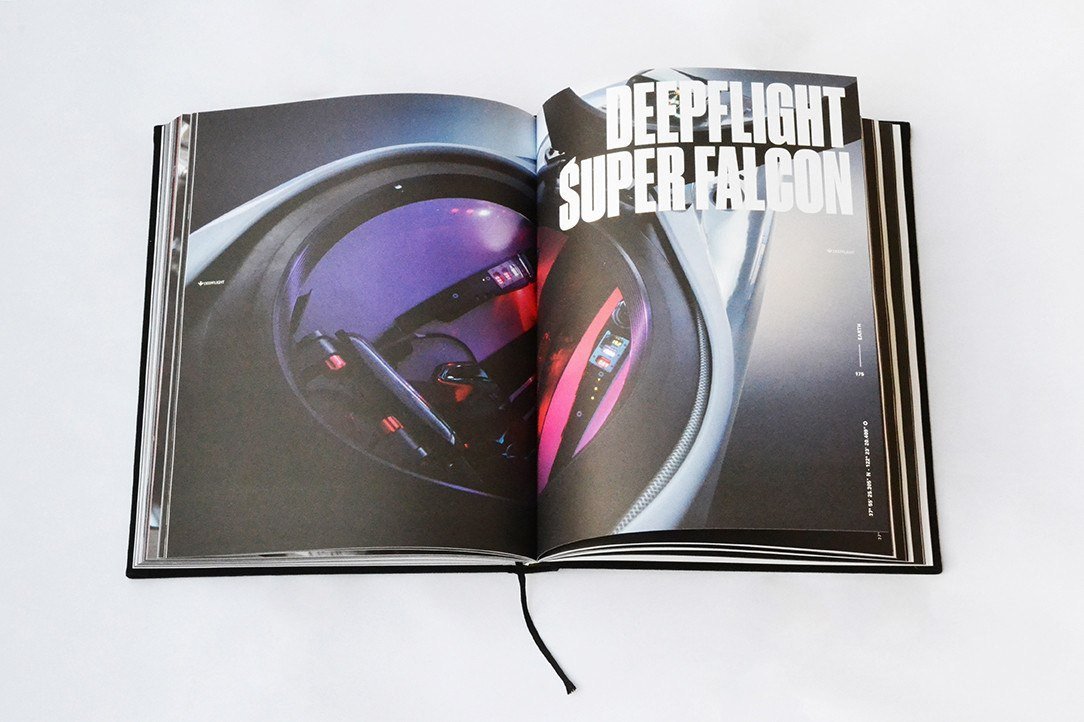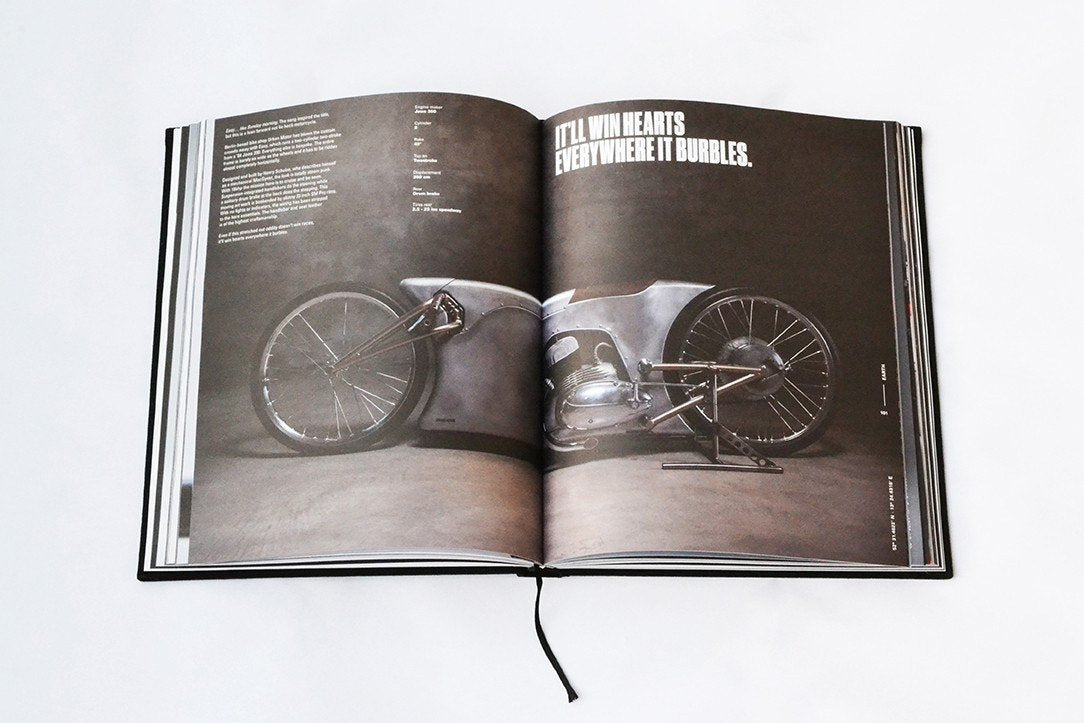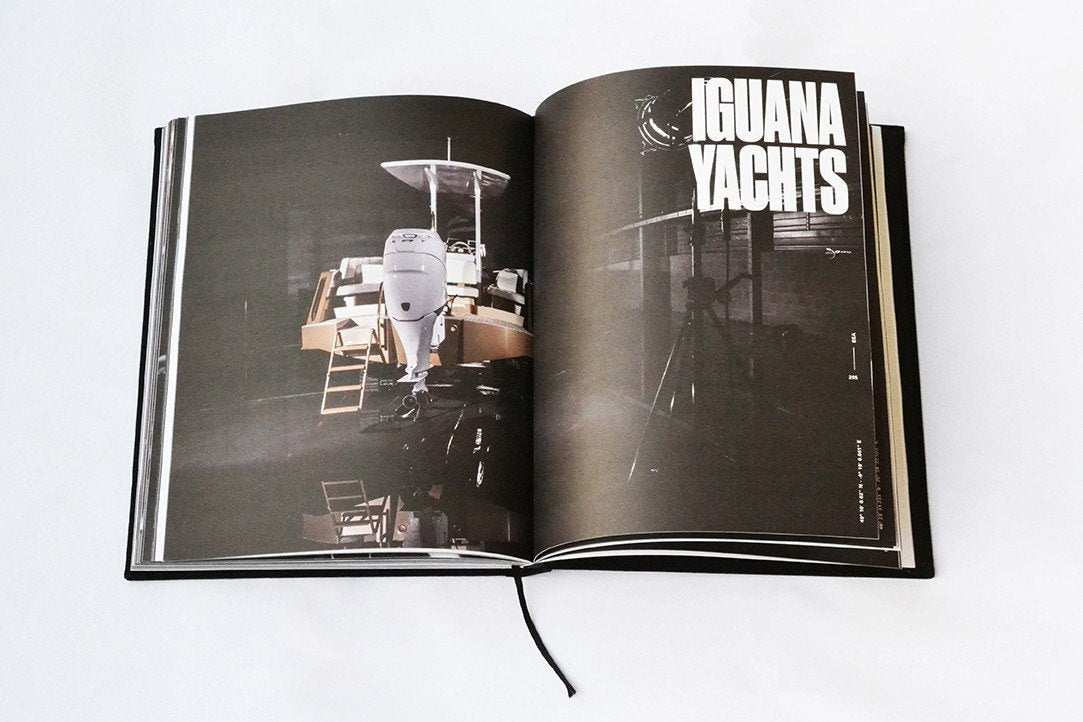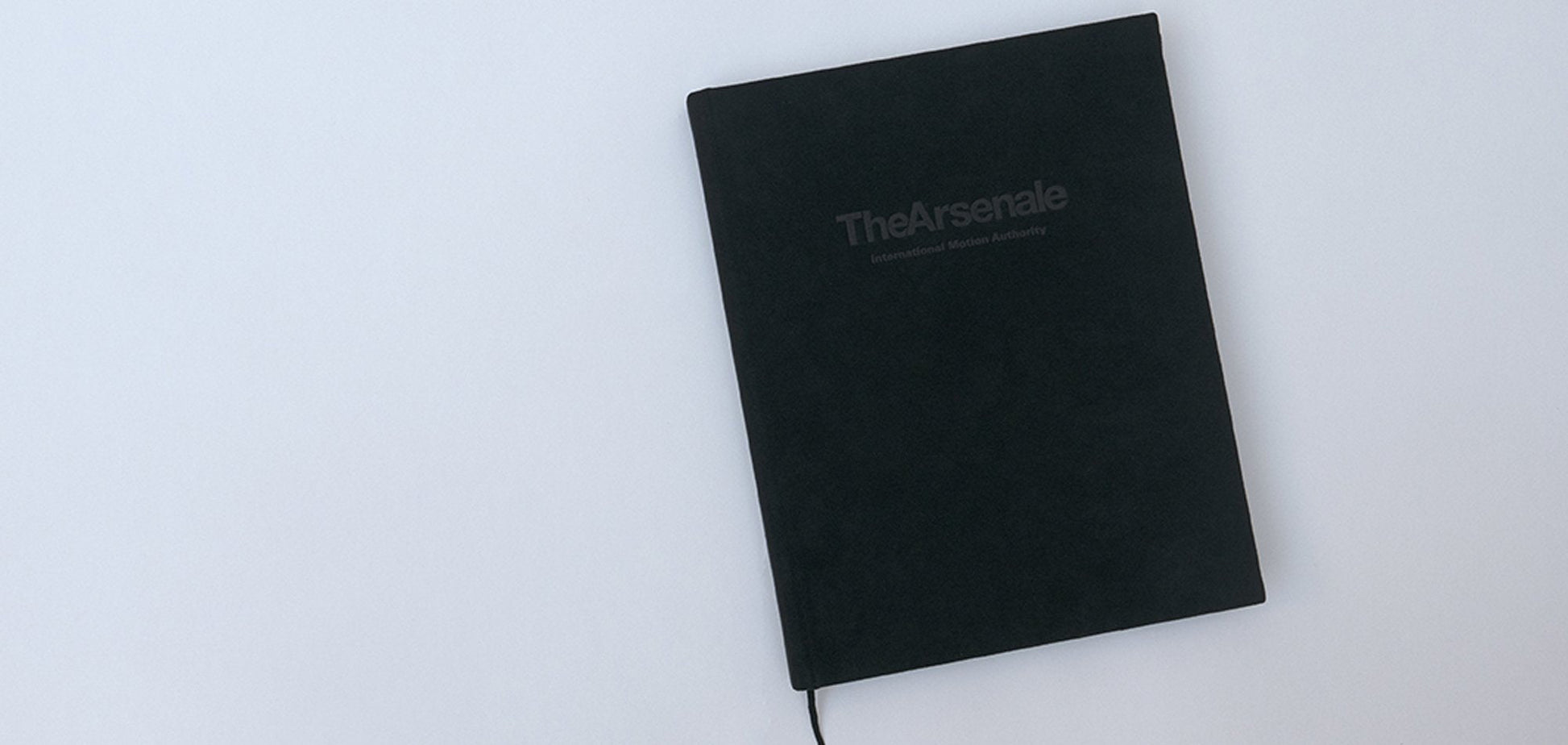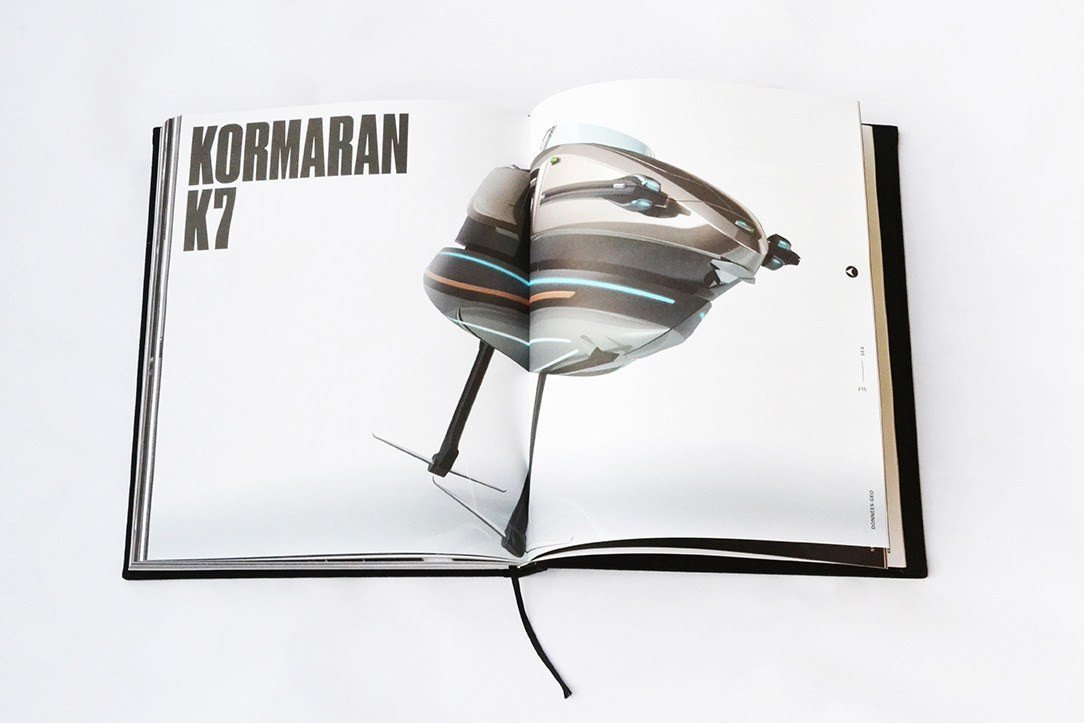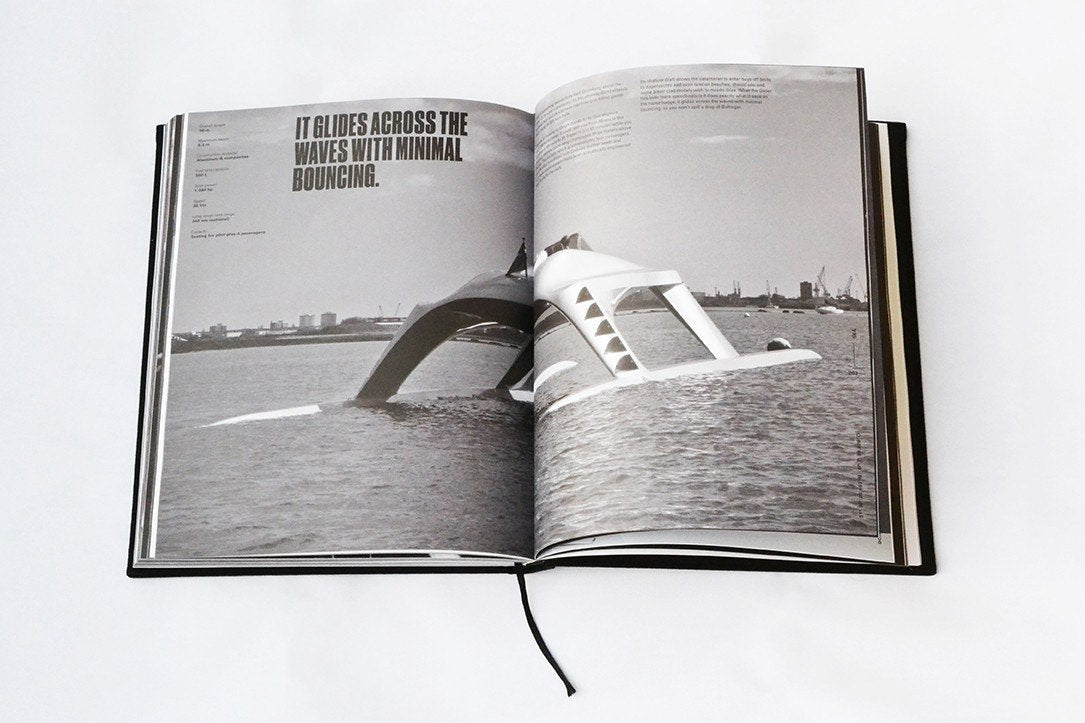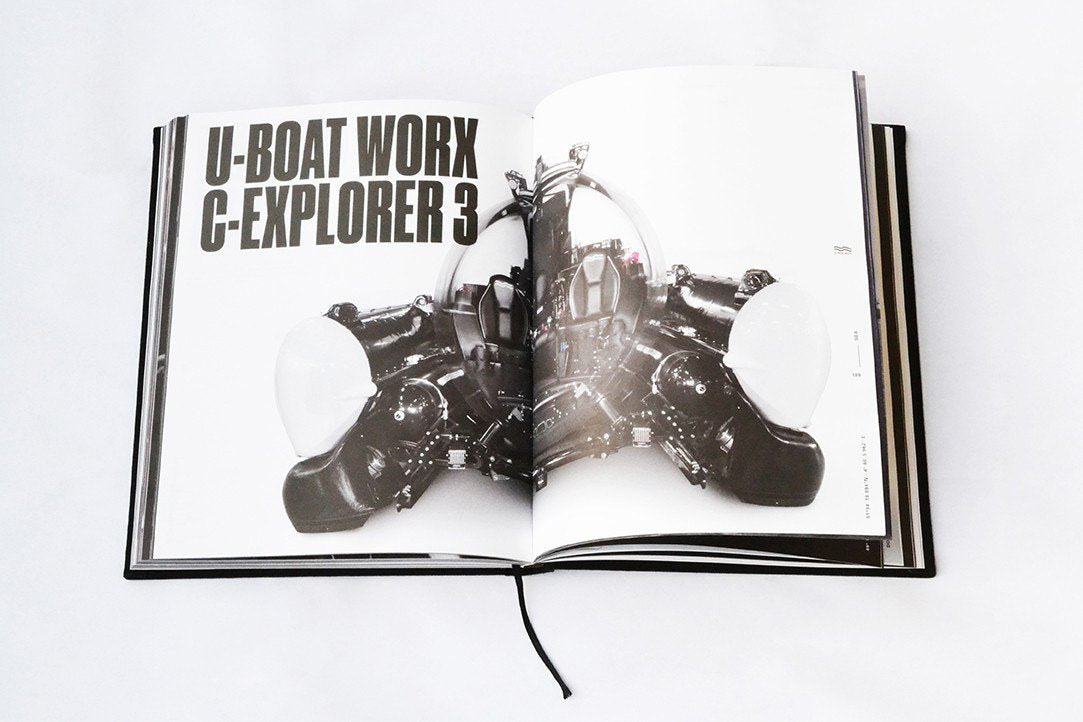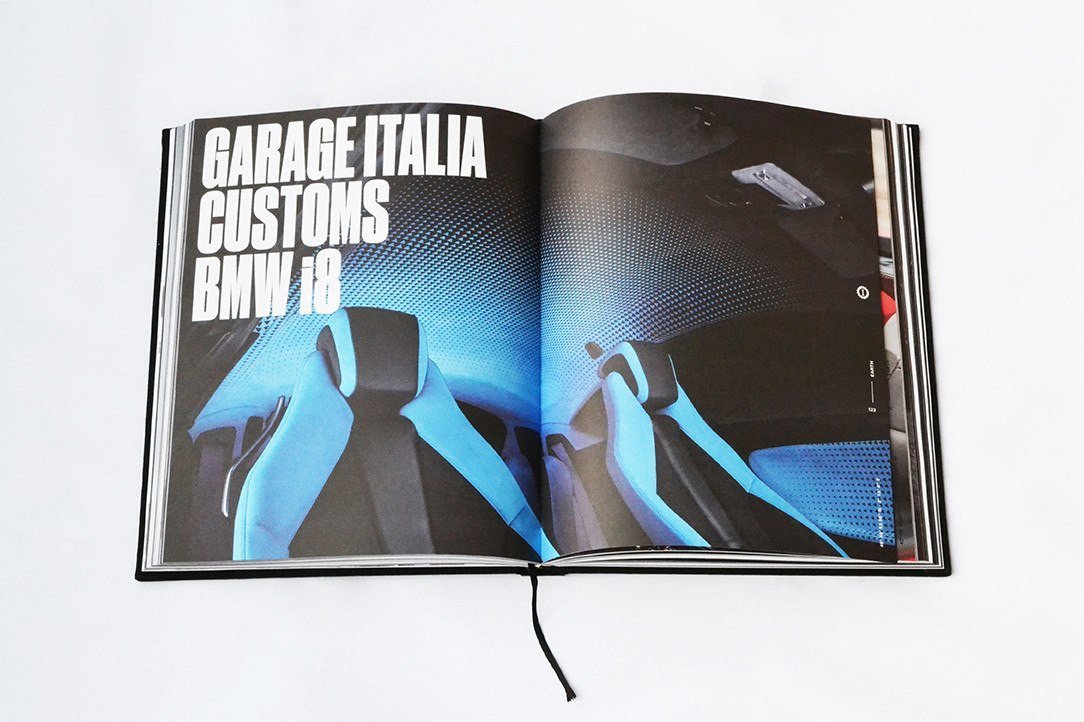In an innovative step towards sustainable human presence on the Moon, Japan Aerospace Exploration Agency (JAXA) and automotive giant Toyota have joined forces to create a state-of-the-art pressurized rover for NASA. Set to be launched on the Artemis VII mission in 2031, this lunar campervan is designed to accommodate astronauts for up to 30 days in a shirtsleeve environment, enabling extended exploration missions without the cumbersome need for spacesuits inside the vehicle. As part of a U.S.-Japan agreement, the project also marks a significant collaboration in space exploration, aiming to include Japanese astronauts in lunar expeditions and bolster international cooperation in space travel.
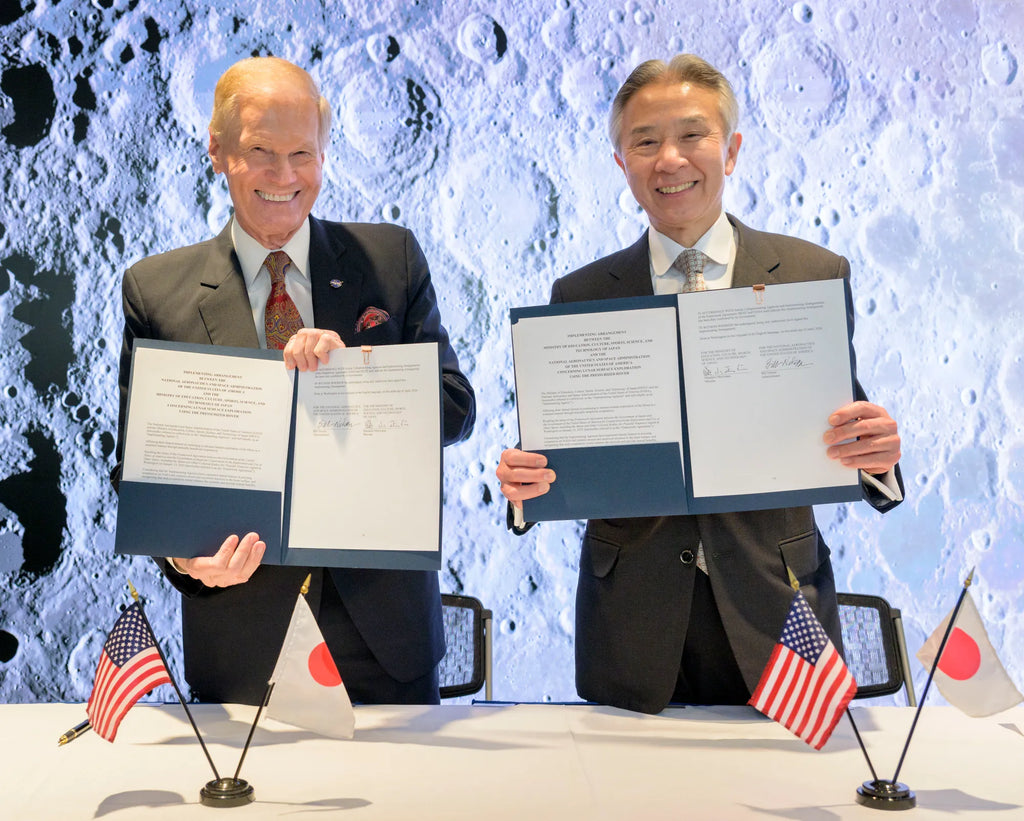
The pressurized Moon campervan spans an impressive 6.0 x 5.2 x 3.8 meters and is equipped with sophisticated technologies to ensure self-sufficiency and comfort amidst the harsh lunar conditions. Powered by a hydrogen fuel cell, supplemented by solar panels, the vehicle can convert waste water back into hydrogen and oxygen, thus enhancing its sustainability. It is designed to traverse up to 10,000 km, covering vast lunar terrains including the challenging south polar region. The mobility provided by this rover, coupled with its ability to house two astronauts in a comfortable and controlled environment, represents a significant leap in making lunar living and working conditions more feasible.
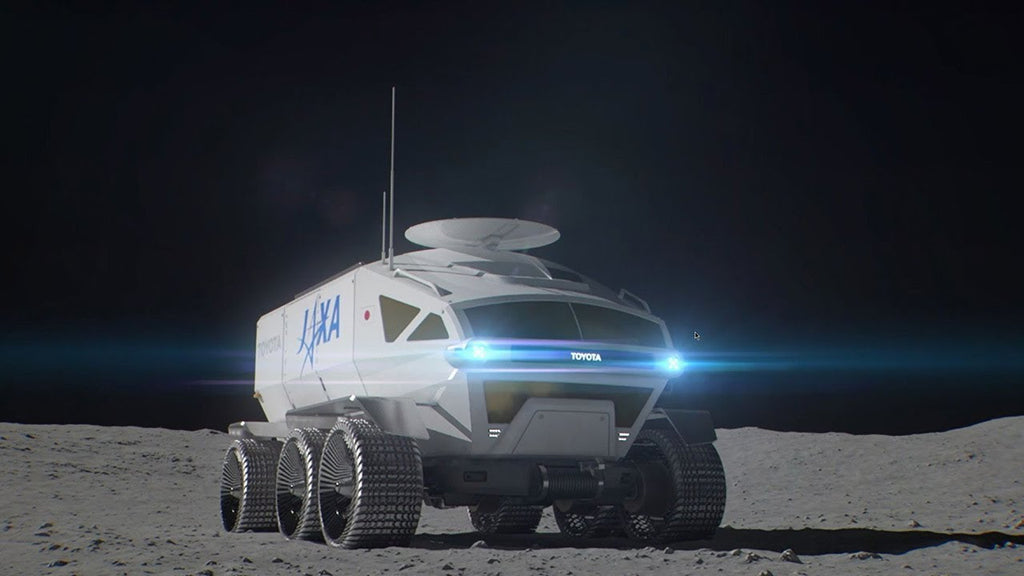
Looking forward, the pressurized rover ensures not just mobility but also safety and operational efficiency as astronauts explore the moon. Expected to be operational for at least ten years, the rover's design incorporates solutions for common lunar challenges, such as dust management and energy replenishment. This vehicle stands as a testament to the collaborative spirit between nations and corporations, pushing the boundaries of what's possible in lunar exploration and potentially paving the way for further advancements in space colonization strategies.
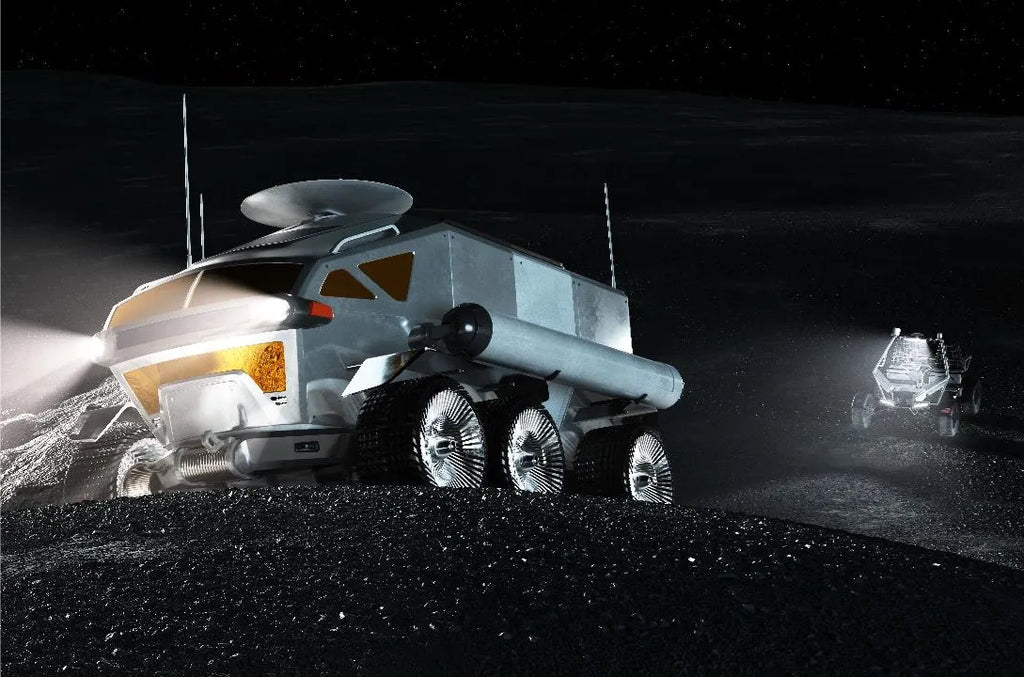
📷: JAXA, TOYOTA, NASA (Illustration)

